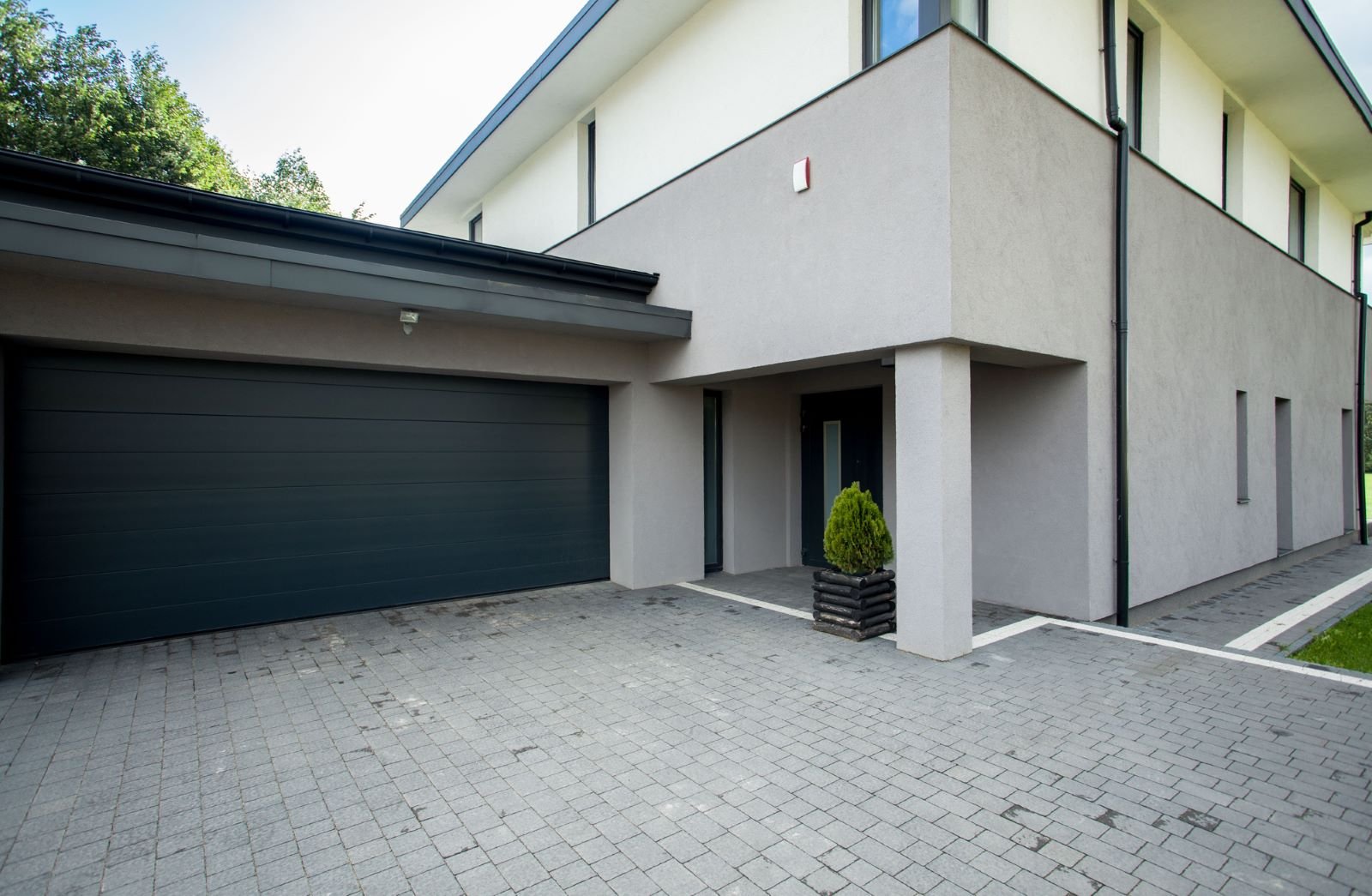We all want to climb to the next step of the financial ladder. Yet, we often fail to identify whether we have reached our goal. There is no single definition of upper-middle class. However, certain lifestyle indicators can be used to differentiate. Here are 16 signs that suggest you are part of the upper-middle class.
Invest In Real Estate

Owning property beyond a primary residence is a hallmark of the upper-middle class. This could be a vacation home or rental property. Or even investment in commercial real estate. It demonstrates you have enough disposable income. As well as money for down payments and the ability to manage ongoing costs.
Have Extra Money Even After Expenses & Investment

Financial security is a key feature. The upper middle class has enough income to cover regular expenses and invest in the future. Yet they will still have leftover funds for leisure or unexpected costs. This eliminates the paycheck-to-paycheck cycle and creates a financial safety net.
Children Go to Private School

Middle-class parents often choose to send their kids to private schools. While public schools offer a great education, private schools have some added benefits. They often have smaller class sizes, specialized programs, and additional resources. Upper-middle-class families may choose private schools for their children because of that. It also reflects a willingness to invest in their education beyond the public system.
Have A Variety Of Assets

Diversification is key to a healthy financial portfolio. Upper-middle-class families may hold various assets beyond real estate. These could include stocks, bonds, mutual funds, or even collectibles. In the end, they are still part of the middle-class segment. Hence, this approach spreads risk and creates a more stable financial foundation.
Indulge In Pricey Extracurriculars

Extracurricular activities enrich lives, but some can be expensive. You won’t find many lower-middle-class parents sending kids to expensive hobbies. In contrast, most upper-middle-class families will opt for them. The most popular ones include- private music lessons, sports, or learning languages. However, you will notice that none of the extracurriculars are for fun. They pick productive extracurriculars that can help them generate more wealth in future.
Live In An Expensive Neighbourhood

Housing is a significant expense. Upper-middle-class families often reside in neighbourhoods with higher property values. These areas typically offer better connectivity to different public places, such as schools, parks, and recreation centres, which potentially have lower crime rates. The cost of living in these neighborhoods reflects the desirability and resources available.
Have Maximize Contributions To Tax-Advantaged Accounts

Understanding tax strategies is a sign of financial sophistication. Upper-middle-class families may contribute the maximum allowed amount to tax-advantaged accounts. This includes accounts like IRAs or 401(k)s. These accounts offer tax benefits on contributions. These accounts help save more for retirement while minimizing tax liability.
Have Minimal Financial Stress

Financial security goes beyond just having money. Upper-middle-class families experience less day-to-day financial stress. Unexpected bills or emergencies are manageable without significant disruption to their lifestyle. This peace of mind allows them to focus on long-term goals. Plus, without the constant worry about money, they get to focus on other important things.
Early Invest In Retirement Fund

Planning for the future is crucial. Upper-middle-class families often begin contributing to retirement savings plans early in their careers. This allows for time to benefit from compound interest. This significantly grows their retirement nest egg. This proactive approach ensures a comfortable lifestyle after they stop working.
Can Afford Debt-free Higher Education

Higher education can be a significant financial burden. Upper-middle-class families may be able to pay for their children’s college without taking on debt. This eliminates the burden of student loans on their kids. Therefore, this allows the graduates to start their careers without significant financial constraints. It also offers their kids more financial flexibility. So that they can pursue future goals like starting a family or buying a home.
Complex Safety Plannings For Housing

Upper-middle-class families may go beyond basic homeowner’s insurance. They might implement strategies like asset protection or umbrella insurance. These are to safeguard their properties and assets from unforeseen circumstances. Lower-middle families can’t afford these plans due to the prices. Plus, most of them consider it as an unnecessary expense. These plans demonstrate a focus on long-term security and minimizing potential financial losses.
Can Retire Early

Financial security allows for flexibility. We know that the traditional retirement age might be 60-65. Yet some upper-middle-class families can comfortably retire earlier. This is due to their accumulated savings and investments. This affords them more time to pursue hobbies, travel, or spend time with loved ones.
Have An Accountant

Managing finances becomes more complex with higher incomes and diverse assets. Upper-middle-class families may employ accountants to handle different financial aspects. Such as tax preparation, investment analysis, and overall financial planning. Accountants offer expertise in navigating tax codes, maximizing returns, and minimizing financial risks.
Have Multiple Source Of Income

Most families in the upper-middle class don’t just rely on one job. They often have extra ways to make money, like from renting out property, investments, or creative work. Diversifying income sources creates a financial buffer. It also reduces dependence on a single source of income, making you financially sound.
Have Professional Tax Planning

Taxes are a significant expense. Upper-middle-class families might get help from tax experts. This is to ensure they make most use of all available deductions and credits. This reduces their tax liability and allows them to keep more of their hard-earned money. Professional tax planning reflects a proactive approach to managing finances and maximizing wealth.
You Value Money & Time Differently

The upper-middle class often has a distinct relationship with money and time compared to other economic classes. For them, money becomes less of an immediate goal and more of a tool to achieve a desired lifestyle. On the other hand, time becomes more precious. They value their time highly and are willing to invest money in strategies that free up their time. This is why they outsource tasks, invest in time-saving technologies or hire domestic help.


